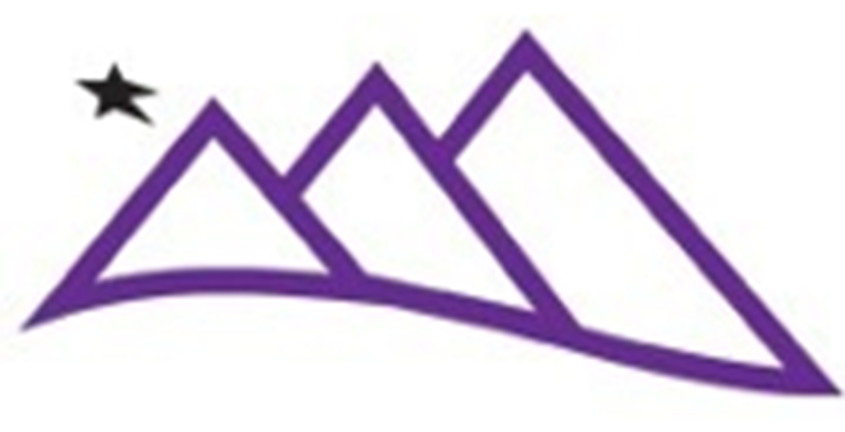Ways to prepare your workplace for winter.....

It’s that time of year again. The days are shortening, temperatures are dropping, and snow is knocking at the door in many parts of the country. But this winter season will be unlike any we’ve seen before. With the COVID-19 pandemic altering how we work, convene, and communicate, it will be more important than ever to ensure your workplace is prepared for the cold months ahead.
This winter season will bring new challenges for which businesses everywhere must be ready. Over the last several months, we have seen a massive shift toward remote work. Under stay-at-home orders and social distancing guidelines, teleworking has become the new norm.
Most of us underestimate how cold the UK can get in the depths of winter, and we often neglect the small steps that make winters safer until it is too late. That’s why we’ve created a winter safety checklist you can go through to ensure your business premises are safe this winter.
Business owners have a responsibility to keep their premises clear and safe from hazards such as snow and ice, to protect employees, clients and any other individuals who are likely to access your property. Proper preparations can also minimise the damage that winter weather can cause to buildings and other infrastructure. So whether you are a work from home environment or a home working environment, this guide is for you!
Clear and grit pathways and car parks
This will help avoid slips, falls, and stranded vehicles.
Don’t wait for the snow to start falling to make sure that you have snow and ice removal equipment – prepare by stocking up before the weather strikes. For clearing and gritting pathways, you’ll need:
De-Icing Salt – to keep grit salt in.
Snow scoop – for shovelling and scraping ice and snow out of the way.
High visibility jacket – for clearing snow in low visibility areas and roads.
Monitor Emerging Threats
From storm-related outages to local COVID-19 outbreaks, it’s vital to keep a pulse on all potential threats that could impact your people or locations. But trying to monitor road closures, fires, icy conditions, temperatures, and weather forecasts all at once is more than a full-time job. It only gets more difficult once you have multiple office locations you have to account for, traveling employees, or a large remote workforce. Keeping an eye out for your people will not only build employee engagement, it will also build strong and lasting relationships.
Employees who must travel or work outdoors are particularly vulnerable to weather conditions. You have a duty of care to properly train them on winter work safety precautions and provide them with appropriate equipment and tools and workwear. Many times, outdoor workers will need to halt their duties until the weather clears. On the other hand, some (like electrical repair crews) are even busier during bad weather. When these workers are in the elements, they can have a heightened danger of injuries and accidents.
Fit vehicles with the right tyres for handling snow, ice and large amounts of water and make sure there are emergency stocks of food and water in cars in case a driver gets stranded.
Have enough de-icer and correct strength screenwash in every vehicle. Running out of screen wash or using summer dilutions can result in a sudden loss of visibility, turning a simple journey into a dangerous situation.
Boilers tend to break at the peak of winter because of the added stress of lower temperatures. Avoid boiler disasters striking by getting your boiler serviced just before the cold weather arrives, ensuring that it’s in peak condition.
Ensuring pipes are insulated will reduce the likelihood of pipes freezing, or worse, bursting. Freezing in a pipe creates a lot of pressure and can cause it to burst, in turn leading to water leakage problems in walls or floors which cancause added stress and require urgent attention.
Have an emergency plan in place before an emergency. When news sources announce an emergency because of a pending storm, let employees know if the business is going to close promptly to avoid any confusion.
In worst case scenarios, this reduces the overall risk of employees exposed to hazardous situations on the way to or at work. This might be a first or a last resort depending on the nature of your business and the type of work that is required of your staff.
By taking the right precautions, you should avoid any harm coming to employees and you should always prioritise their safety over productivity, sending them home if conditions get too bad. However, you should still be aware of the common signs of states of stress caused by extreme cold. They usually include fatigue, confusion, shivering and slowed breathing.
Preparing for winter by actioning the suggestions on this winter workplace safety list will give you peace of mind that you’re doing everything you can to keep your employees safe, reducing the risk of the cold weather causing an accident in your premises.








